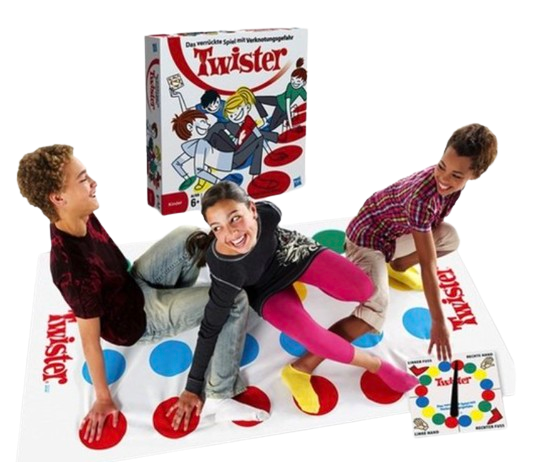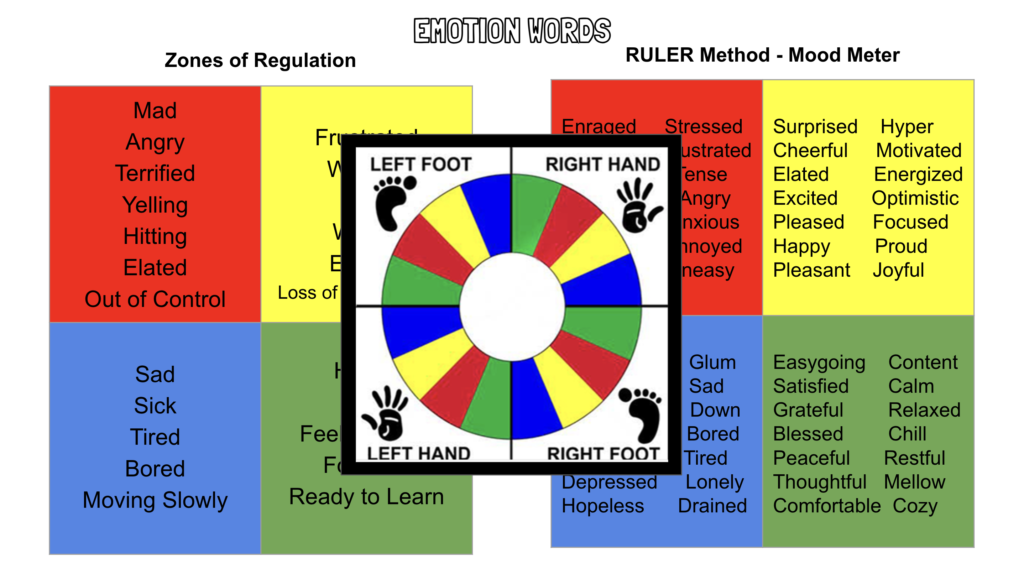Are you an elementary school counselor searching for innovative methods to make social emotional learning (SEL) lessons more engaging and enjoyable for your students?
Do you often find it challenging to encourage active participation in SEL activities?
If you’re seeking a fun and interactive way to foster essential social emotional skills such as teamwork, communication, empathy, and problem-solving, I have the perfect solution for you! This is a real game-changer!
Introducing the Twister Approach to SEL
As an elementary school counselor, I am always looking for ways to incorporate play and creativity into my counseling sessions. Classic table or floor games offer a unique opportunity to teach social emotional skills in a non-threatening and enjoyable setting. Among these games, Twister stands out as a versatile and adaptable tool that can be integrated with various SEL frameworks, such as Zones of Regulation and the RULER Method‘s Mood Meter.
The Adaptability of Twister
Traditionally, Twister involves players bending and stretching their bodies to match specific colors on the mat, as dictated by a spinner. However, when utilizing Twister for SEL lessons, the spinner can be transformed into a tool for emotion identification and regulation. Instead of landing on a color, the spinner can direct students to place their hands or feet on specific emotions associated with the colors on the Twister mat.
Teaching Emotion Identification and Regulation
By linking emotions to the colors on the Twister mat, students are prompted to think critically about their feelings and emotions. For instance, I might spin the spinner and say, “right hand – angry.” The students then locate the color zone associated with anger and follow the corresponding direction. This playful twist on emotion identification and regulation facilitates a deeper understanding of their own emotions and those of their peers.
Encouraging Teamwork and Empathy
As students navigate through the Twister game, they not only learn to manage their emotions but also build essential social skills such as teamwork and empathy. The interactive and cooperative nature of the game encourages students to communicate effectively, support one another, and develop a sense of camaraderie.
Assessing Social Emotional Skills
One of the challenges faced by educators and counselors is assessing students’ social emotional development. With the Twister Approach to SEL, observation becomes a valuable assessment tool. As I guide and observe the students during the game, I can gain insights into their emotional awareness, ability to regulate their emotions, and their interactions with peers.
Unlocking Resources for SEL
Finding the right resources to facilitate meaningful SEL lessons is essential in my work with students. The Twister Approach has proven to be a valuable addition to my toolkit. Not only is Twister a popular and readily available game, but its seamless integration with existing SEL frameworks like Zones of Regulation and the RULER Method‘s Mood Meter has enriched my lessons further. The game’s adaptability allows me to tailor it to different age groups and specific social emotional skills I want to focus on.
Introducing the Twister Approach to SEL has been a game-changer for me. This game has transformed my counseling sessions into lively and impactful experiences for my students. They have not only developed essential social emotional skills but have also embraced a fun and interactive way of exploring their emotions and connecting with one another. If you’re looking to make your SEL lessons more engaging and enjoyable, I highly recommend trying the Twister Approach – it’s a spin towards a brighter and more emotionally aware future for our students.
Links to Twister Games for Kids

GIVE THE SPINNER A WHIRL: See where it lands and make a move. Right foot red, off to a good start. Left foot green, you’ve got this. Give it a shot.
INDOOR ACTIVITY FOR KIDS: Stuck inside. The Classic Twister game is an action-packed way for kids, tweens, and teens to “get their energy out.”

It’s a TWISTER game with a twist! Instead of the game mat, you get 16 colorful rings–and five different ways to play!
Colored rings – red, blue, yellow, and green – can be used to teach or reinforce emotion identification and regulation skills, just like the classic Twister game.


